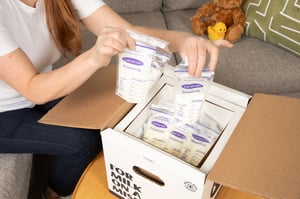Flying with Breast Milk? Here’s How to Prepare for a Stress-Free Trip
By Kate Torgersen on July 13, 2022
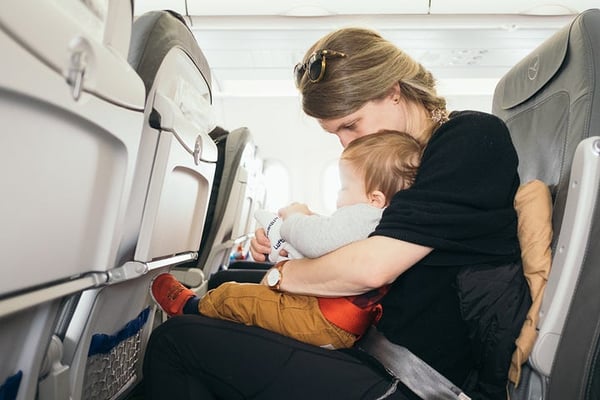
As we embark on a new post-pandemic reality, many of us are eager to leave our houses, unplug from Zoom, and hit the skies for summer vacation.
If you gave birth during this unusual time, it may be baby’s first vacation and the first for you as a breastfeeding mom—so before you jetset, here’s what you need to know about flying with breast milk.
1. What is Actually Allowed to Be Carried On?

Breast milk, formula, and juice are allowed in your carry-on bag. TSA’s official policy states that “Formula, breast milk and juice in quantities greater than 3.4 ounces or 100 milliliters are allowed in carry-on baggage and do not need to fit within a quart-sized bag. Breast milk and formula are considered medically necessary liquids. This also applies to breast milk pumping equipment (regardless of presence of breast milk). You do not need to travel with your child to bring breast milk.”
Additionally, it states that “Ice packs, freezer packs, frozen gel packs and other accessories required to cool formula, breast milk and juice – regardless of the presence of breast milk – are also allowed in carry-ons. ”
However, it is important to note that these items may be subject to additional screenings — especially if ice or gel packs are slushy.
2. The Screening Process — What to Expect
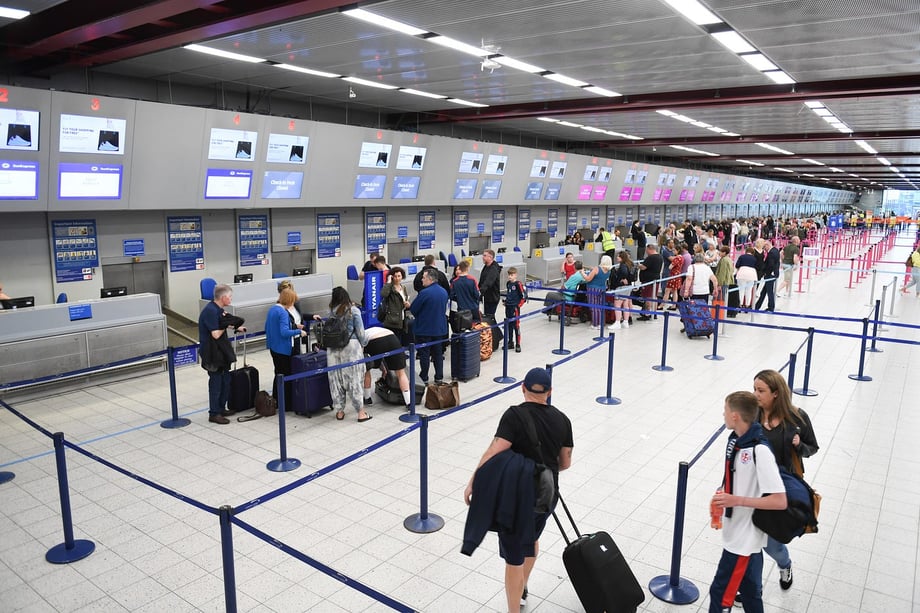
When traveling with breast milk, it’s always a good idea to arrive early and allow some extra time for a lengthier inspection process. As you make your way to the inspection point, let the TSA agent know that you are traveling with breast milk. Remove it from your bag so it can be screened separately.
You’ll likely be instructed to put your milk through the X-ray, which has no known adverse effects, according to the FDA. At their discretion, TSA agents are also permitted to open your breast milk containers for an explosives inspection (this is more likely to happen if you’re traveling with thawed or liquid breast milk). It is within your rights to opt-out of the X-ray and/or an open container inspection, but you will be subject to additional screening procedures which may include a pat-down and a thorough inspection of all of your belongings.
To keep things cool and easy, we recommend our Pump & Tote (keeps refrigerated milk cold for up to 60 hours) or our Freeze & Tote (keeps milk frozen for 90 hrs) — both comply with TSA’s carry-on regulations and help make the inspection process a breeze.
If you are crossing international borders with your breast milk, make sure to check each country’s policies and regulations for carrying on breast milk — they are all different! You can also “check” your breast milk as luggage (note: it will be X-rayed).
3. What to Do if You Have a Bad Experience with TSA?

If you have a bad experience during your TSA inspection, it is important to report it. Make note of the agent’s name and the terminal where the inspection took place, and follow up immediately with TSA’s customer service.
4. What About My Breast Pump?
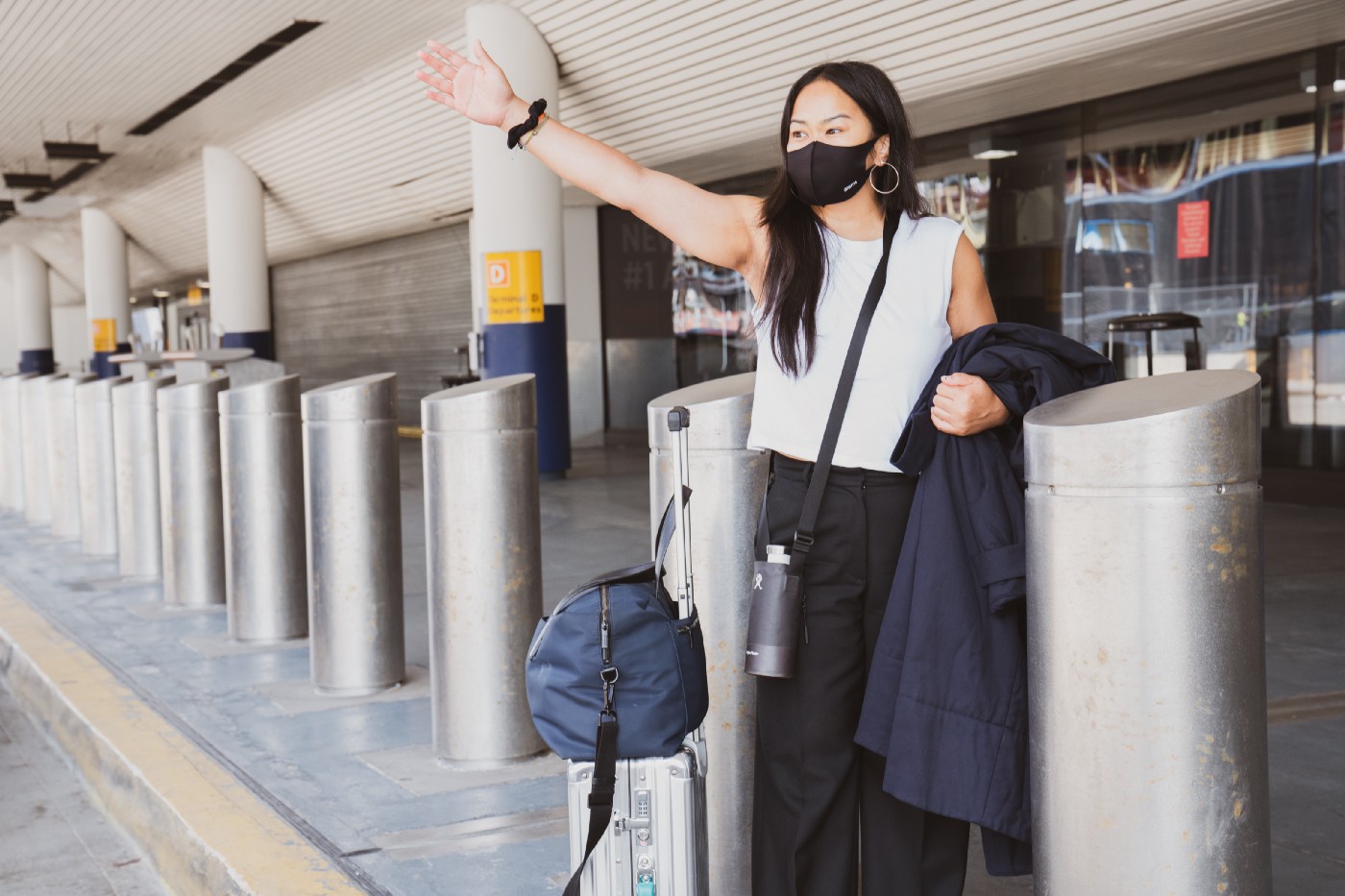
Always keep your breast pump in your carry-on. Checking your breast pump is a recipe for disaster! You never know when a flight delay will come up or luggage will be lost.
Breast pumps are medical devices and airlines will allow you to carry them on. HOWEVER, if you are carrying on your breast pump as an extra item, some airlines will hit you with a fee. Call your airline before your trip to understand their policy for breast pumps.
5. Find a Private Lactation Area at the Airport
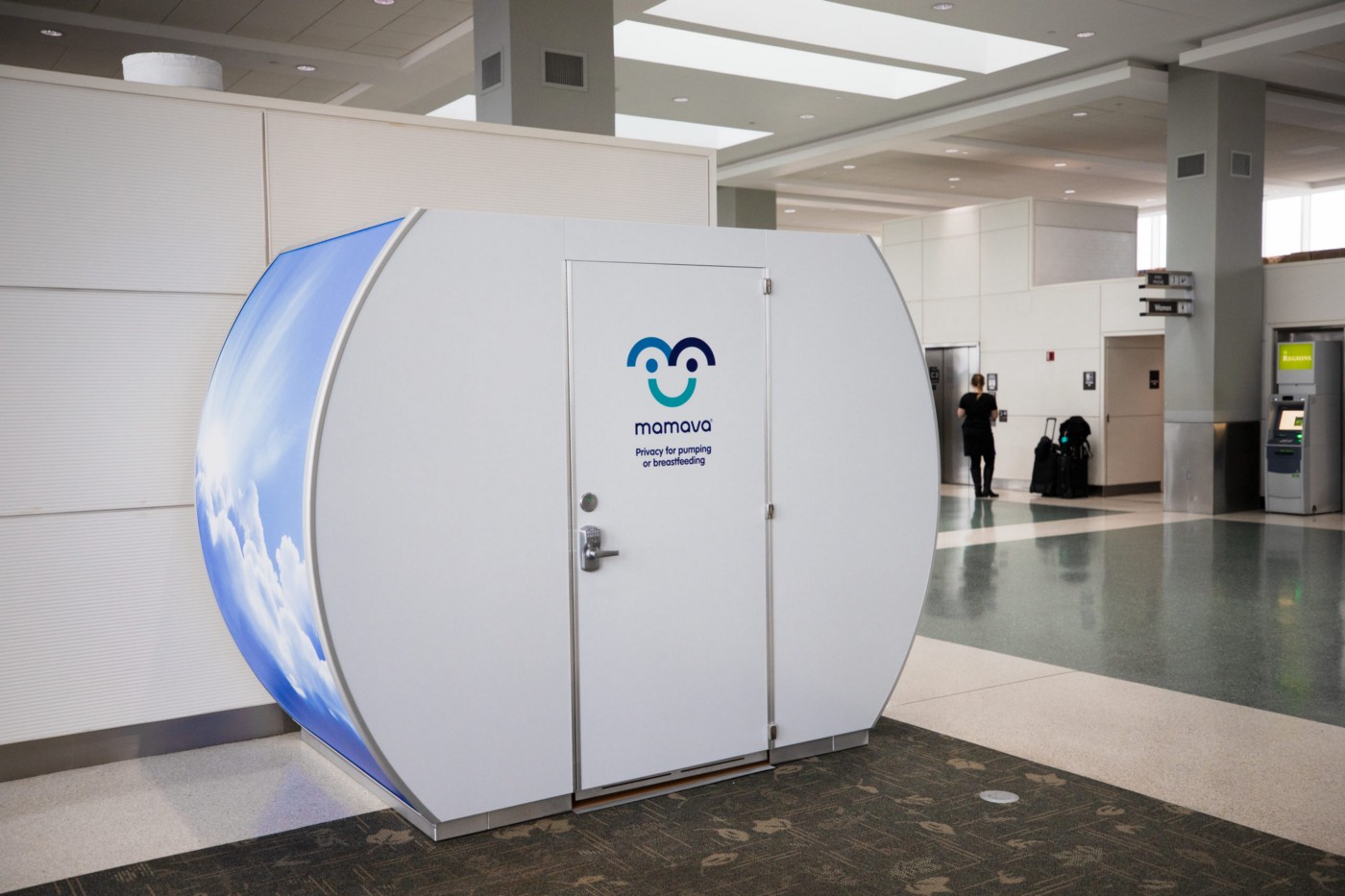
If you have to nurse or pump before you board your flight, you’ll be glad to know that all major airports are required to have a space separate from the restrooms where you can nurse your baby and/or pump comfortably and privately once you get through security, thanks to the FAM Act (Friendly Airports For Moms)! These areas may be “nursing mother rooms” or one of Mamava’s amazing pumping pods.
Unfortunately, if it’s a smaller airport, you may be relegated to the bathroom for now. All U.S. airports should be equipped with a room to pump or nurse by late 2022.
Want to bypass TSA Altogether and Ship Your Milk Home?

If you would rather skip TSA altogether, you can ship your breast milk home with Milk Stork. Whether you are traveling domestically or internationally, or with frozen or refrigerated milk, Milk Stork gets your breast milk where it needs to go. Explore our options here. Need help choosing the right solution for you? Our Customer Care team is available to help!
Flying with breast milk requires a little extra planning, but with these tips, you’ll get the hang of it in no time. Enjoy your trip!
This post was originally published in May 2021 and was updated on July 14, 2022.


